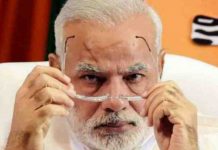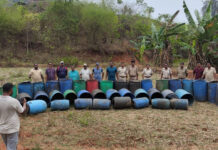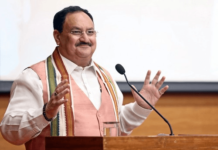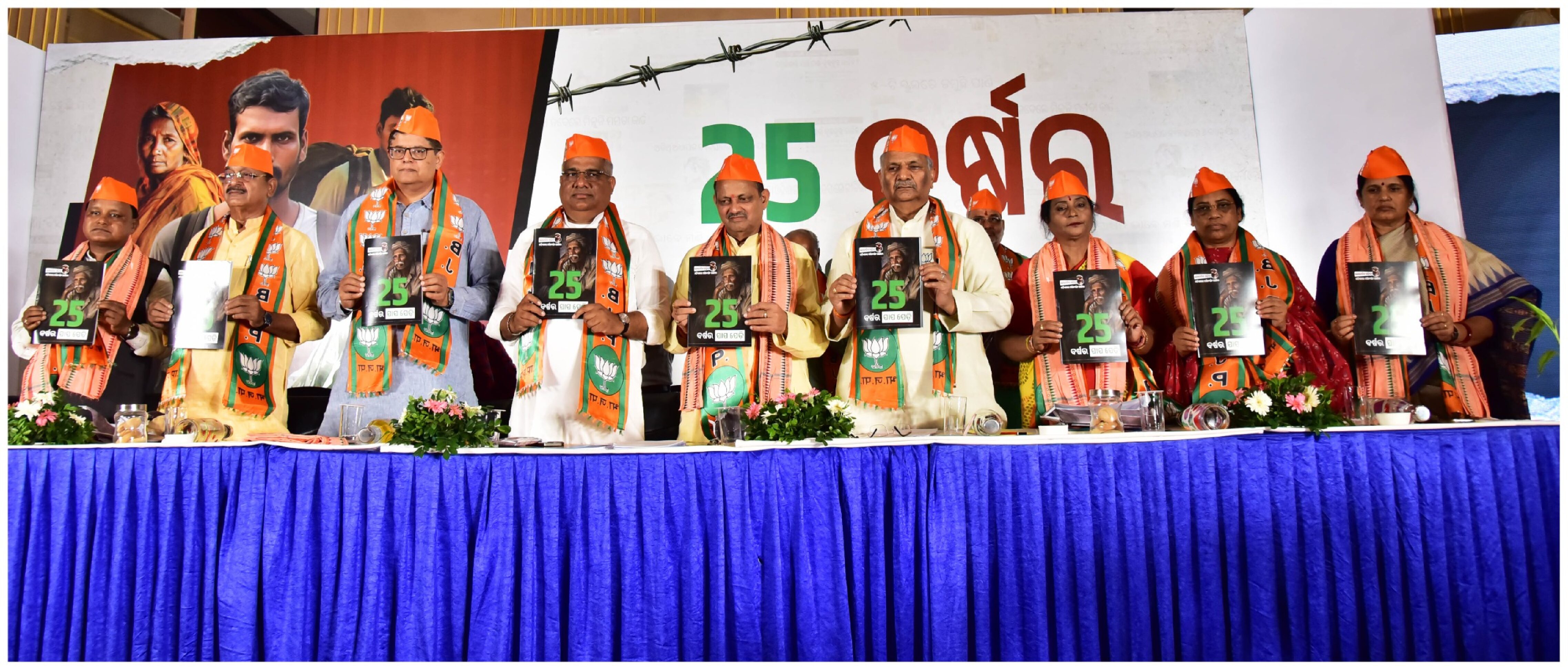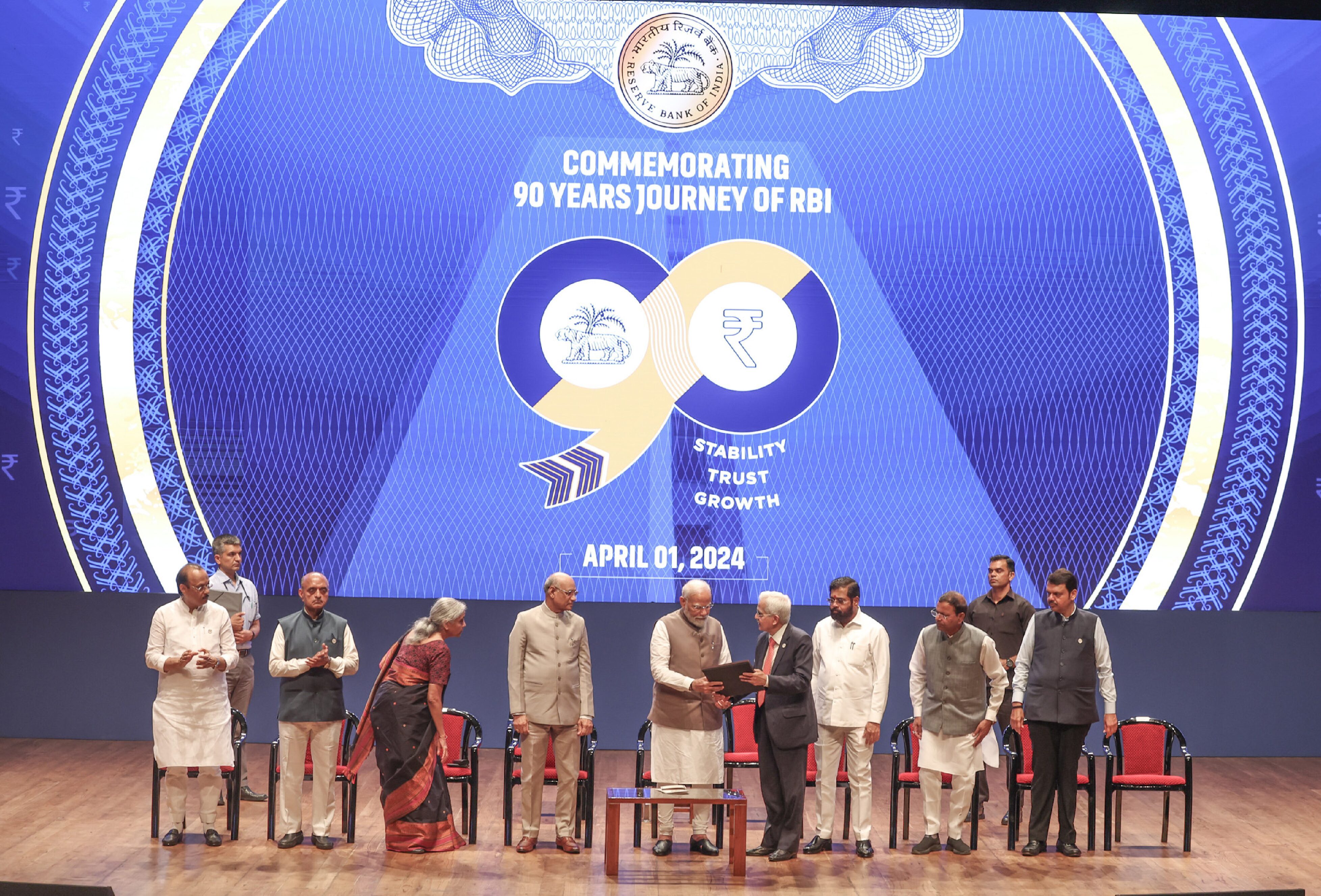Rivers in the country are polluted mainly due to discharge of untreated or partially treated sewage from cities/towns and industrial effluents in their respective catchments, poor operation and maintenance of sewage/effluent treatment plants, lack of dilution, dumping of solid waste on river banks and other non-point sources of pollution. Rapid urbanization and industrialization have compounded the problems. As per the report published by Central Pollution Control Board (CPCB) in March, 2021, sewage generation from urban areas in the country is estimated at 72,368 million litres per day (MLD), against which sewage treatment capacity of 31,841 MLD was available. This gap between sewage generation and treatment remains a major point source for increase in pollution of rivers.
CPCB in association with Pollution Control Boards/Committees in different States/Union Territories (UTs), have been monitoring water quality of rivers and other water bodies across the country through a network of monitoring stations under the National Water Quality Monitoring Programme. Based on water quality monitoring results, pollution assessment of rivers has been carried out by CPCB from time to time. As per the last report published by CPCB in September 2018, 351 polluted stretches were identified on 323 rivers based on monitoring results in terms of Bio-chemical Oxygen Demand, an indicator of organic pollution, including the following two river stretches in Rajasthan:
| River | Polluted River Stretches | Priority | BOD level (mg/l) |
| Banas | Along Bisalpur Dam, Swaroopganj, Newta Dam | III | 13.2 |
| Chambal | SawaiMadhopur to Kota | V | 3.2- 4.8 |
Cleaning/rejuvenation of rivers is an ongoing activity. It is the responsibility of the States/UTs and local bodies to ensure required treatment of sewage and industrial effluents to the prescribed norms before discharging into river and other water bodies, coastal waters or land to prevent and control of pollution therein. For conservation of rivers, this Ministry has been supplementing efforts of the States/UTs by providing financial and technical assistance for abatement of pollution in identified stretches of rivers in the country through the Central Sector Scheme of NamamiGange for rivers in Ganga basin and the Centrally Sponsored Scheme of National River Conservation Plan (NRCP) for other rivers. Further, priority for effective rejuvenation of small rivers has been accorded under the Mahatma Gandhi National Rural Employment Guarantee Scheme (MGNREGS).
Proposals for pollution abatement works in the towns along polluted river stretches are received from the States/UTs from time to time for consideration under NRCP and sanctioned based on their prioritization, conformity with NRCP guidelines, availability of plan funds, etc.NRCP has so far covered polluted stretches on 34 rivers in 77 towns spread over 16 States in the country with the project sanctioned cost of Rs.5965.90 crore, and inter-alia, a sewage treatment capacity of 2522.03 MLD has been created. Under the NamamiGangeprogramme, a total of 346 projects, including 158 projects for sewage treatment of 4948 MLD and sewer network of 5213 kms., have been sanctioned at a cost of Rs.30235 crore. In Rajasthan, a project for conservation of river Chambal at Kota has been sanctioned at a cost of Rs. 258.48 crore under the NamamiGange. The project comprises of 2 sewage treatment plants (STPs) of 30 mld and 6 mld capacity, laying of 146 kms. of sewer lines, 6 lifting stations and tapping of 22 nallahs. The project cost is to be shared on 70:30 ratio between the Central and State Governments. A Central grant of Rs. 68.71 crore has been released to the State Government and an expenditure of Rs. 78.13 crore has been incurred so far on the project. State/UT-wise details of rivers covered under NRCP, NamamiGange and Ganga Action Plan (GAP) Phase-II are given at Annexure.
In addition, sewerage infrastructure is created under programs like Atal Mission for Rejuvenation & Urban Transformation (AMRUT) and Smart Cities Mission of Ministry of Housing & Urban Affairs.As per the Provisions of Environment (Protection) Act, 1986 and Water (Prevention & Control of Pollution), Act 1974, industrial units are required to install effluent treatment plants (ETPs) and treat their effluents to comply with stipulated environmental standards before discharging into river and water bodies. Accordingly, Central Pollution Control Board (CPCB), State Pollution Control Boards (SPCBs) and Pollution Control Committees (PCCs) monitor industries with respect to effluent discharge standards and take action for non-compliance under provisions of these Acts.Besides, in compliance of the orders of National Green Tribunal (NGT) in Original Application No.673/2018 regarding rejuvenation of polluted river stretches in the country, States/UTs are required to implement approved action plans for restoration of the polluted stretches in their jurisdiction as identified by CPCB and published in their report of 2018, within the stipulated timelines. As per the orders of NGT, regular review on implementation of action plans is undertaken in the States/UTs and also at Central level.
This information was given by the Minister of State for Jal Shakti and Food Processing Industries, ShriPrahlad Singh Patel in a written reply in the LokSabha today.
Annexure
State-wise details of rivers covered under National River Conservation Plan
(excluding Ganga and its tributaries)
| S. No. | State | Rivers covered |
| 1 | Andhra Pradesh | Godavari |
| 2 | Telangana | Godavari &Musi |
| 3 | Jammu & Kashmir | Devika&Tawi |
| 4 | Jharkhand | Subarnarekha |
| 5 | Gujarat | Sabarmati, Mindola&Tapi |
| 6 | Goa | Mandovi |
| 7 | Karnataka | Tunga, Bhadra, Tungabhadra, Cauvery &Pennar |
| 8 | Maharashtra | Godavari, Tapi, Krishna, Panchganga&MulaMutha. |
| 9 | Madhya Pradesh | Wainganga, Narmada & Tapti. |
| 10 | Manipur | Nambul |
| 11 | Odisha | Brahmini, Mahanadi |
| 12 | Punjab | Ghaggar, Beas &Satluj |
| 13 | Tamil Nadu | Adyar, Cooum, Vaigai, Vennar, Cauvery &Tamrabarani |
| 14 | Kerala | Pamba |
| 15 | Sikkim | Rani Chu |
| 16 | Nagaland | Diphu and Dhansiri |
State-wise details of rivers covered under NamamiGangeprogramme& GAP Phase-II
(Ganga and its tributaries)
| Sl. No. | State | Rivers covered |
| 1. | Uttarakhand | Ganga, Alaknanda, Bhagirathi, Mandakini, Kosi, Rispana&Bindal |
| 2. | Uttar Pradesh | Ganga, Yamuna, Kali, Gomti, Saryu, Ram Ganga |
| 3. | Bihar | Ganga, BurhiGandak, Kharkari |
| 4. | Jharkhand | Ganga, Damodar |
| 5. | West Bengal | Ganga, Damodar, Banka, Mahananda |
| 6. | Delhi | Yamuna |
| 7. | Haryana | Yamuna |
| 8. | Himanchal Pradesh | Yamuna |
| 9. | Madhya Pradesh | Beehar, Betwa, Khan, Kshipra, Mandakini, Chambal |
| 10. | Rajasthan | Chambal |







